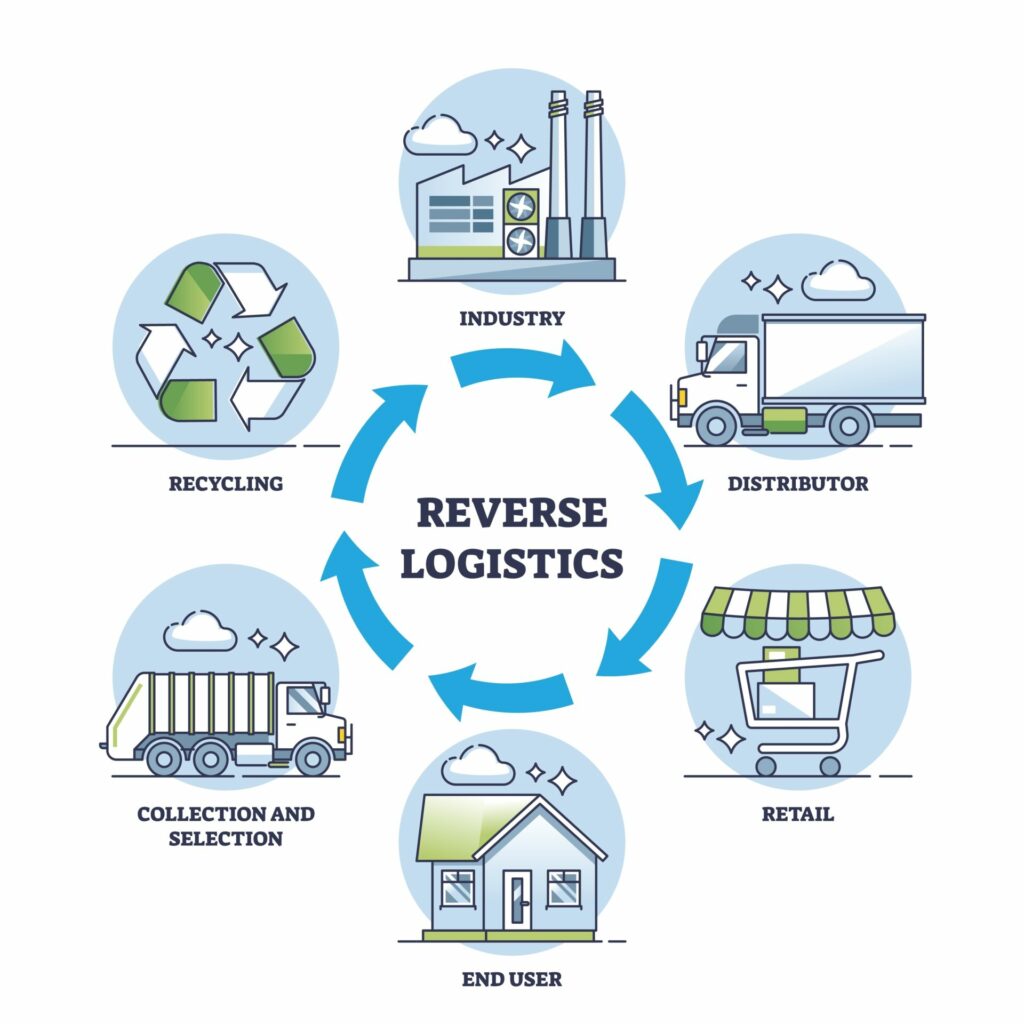E-commerce has revolutionized the way we shop, but it has also brought about new challenges for businesses, such as managing returns.
Returns are an inevitable part of the e-commerce experience, and customers expect a friction-free return process. However, many brands struggle to balance customer demands with the environmental impact of their returns process.
Among the leading brand practices that consumers value most are waste reduction, reducing the carbon footprint, and , according to a 2021 survey by Deloitte in the eco-conscious U.K. The survey found about a 50/50 split between those willing or not willing to pay more for environmental and ethical brands.
For one, with free returns comes an increase in reverse logistics – and a greater carbon footprint.
The thing is returns will never go away completely in e-commerce. But we have good news! There are ways that e-commerce brands can optimize their operations to create a more sustainable returns process.
In this article, we’ll explore the impact of returns on both the customer experience and the environment, and how brands can create more eco-friendly returns.

Why do returns matter in e-commerce?
The power of the customer experience in e-commerce cannot be overstated – and returns can make or break it. They’re a crucial part of the post-purchase experience. According to a UPS survey, 15% of customers abandon their cart when they see that the returns policy is not satisfactory.
The post-purchase experience is just as important in retaining customers. In fact, according to a study by Narvar, 95% of consumers say that a positive returns experience will make them more likely to shop with a retailer again, while 87% say that a negative returns experience will make them less likely to shop with a retailer again.
The state of returns in e-commerce (and their environmental impact)
Returns are a growing problem in e-commerce, with studies showing that return rates can be as high as 30% in some industries. This not only puts a strain on businesses’ bottom lines, but also on the environment.
National Retail Federation (NRF) and Appriss Retail surveyed retailers to better understand the current returns landscape. This report includes a look at the overall impact of consumer returns, and benchmarking data on return fraud. Some key findings:
- Total returns account for $816 billion in lost sales for U.S. retailers
- For the first time since online data has been captured as part of this survey, online return rates are in-line with overall return rates
- On average, retailers expect 17.9% of merchandise sold to be returned
- The estimated cost of these returns is $171 billion
What’s more? Many returned items are not suitable for resale and end up being destroyed or in landfills, contributing to environmental degradation. Additionally, more returns mean more transportation and carbon emissions, further exacerbating the problem.
Making returns more eco-friendly: 4 tips for success
According to a survey by AlixPartners, 71% of American consumers are now more concerned for the environment, and 28% say it is impacting their buying decisions. To mitigate the environmental impact of returns, e-commerce brands can implement the following strategies:
- Invest in eco-friendly packaging
Brands can reduce their carbon footprint by investing in eco-friendly packaging materials, such as biodegradable or recycled materials. For example, Patagonia uses 100% recycled paper for their packaging, and they encourage customers to recycle it.
- Go green in your supply chain
Brands can add value and reduce their environmental impact by partnering with energy-efficient fleets and offering a carbon-neutral checkout for their customers.
- Discover recommerce
Brands can sell returned products that are slightly used or second-hand at a discounted price on their site. This not only reduces waste, but also provides an opportunity to reach a price-sensitive customer base.
- Reduce returns before they happen
Brands can take proactive measures to reduce returns by providing more detailed product information, such as an in-depth sizing chart and accurate product photos. Additionally, technology such as virtual try-ons can help customers make more informed purchase decisions.

The power of a more sustainable approach in e-commerce
Consumers are increasingly demanding , and they want to shop with brands that align with their values. Brands that prioritize sustainability not only appeal to eco-conscious customers but also build trust and loyalty among their entire community.
For example, a survey by McKinsey found that 75% of Gen Z respondents would pay more for sustainable products. It’s clear that brands that have corporate social responsibility efforts in place like sustainability initiatives will build more trust among their community and increase customer retention.
Returns, sustainability, and the future
Returns are an unavoidable part of e-commerce, but brands can take steps to reduce their environmental impact.
By investing in eco-friendly packaging, adopting sustainable practices in their supply chain, exploring recommerce, and reducing returns before they happen, brands can make their returns process more sustainable.
By doing so, they’ll not only appeal to eco-conscious consumers but also build stronger relationships with their entire customer base. In the future, we can expect to see more e-commerce brands adopting sustainable practices to minimize their environmental impact and meet the demands of their customers.
Want to hear more about bridging the gap between returns and sustainability? Check out Episode 31 of the Sippin’ & Shippin podcast, with Jess Owens the founder of Greenlist.





